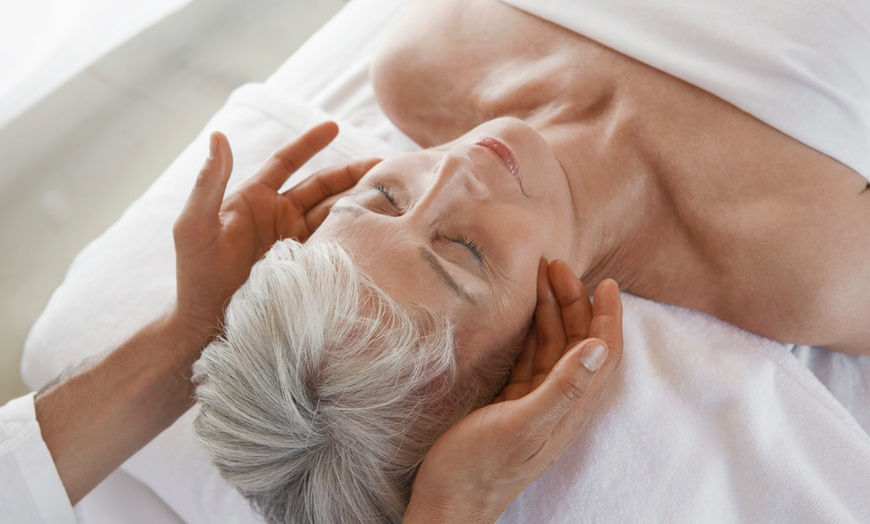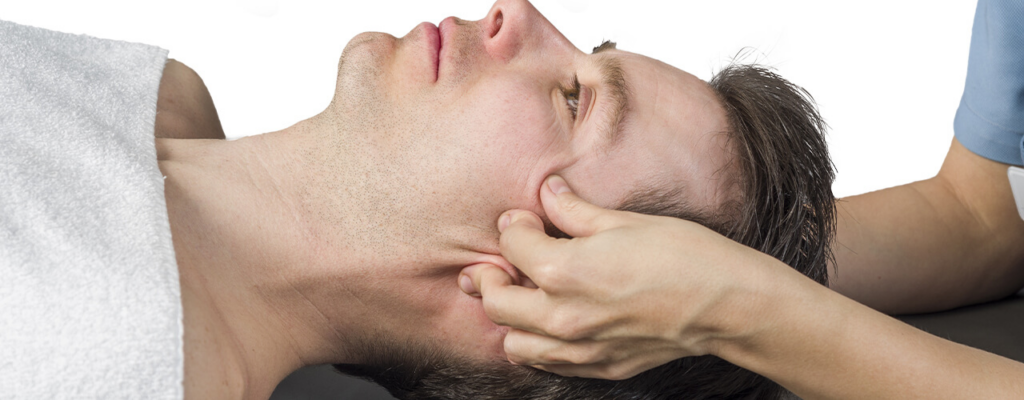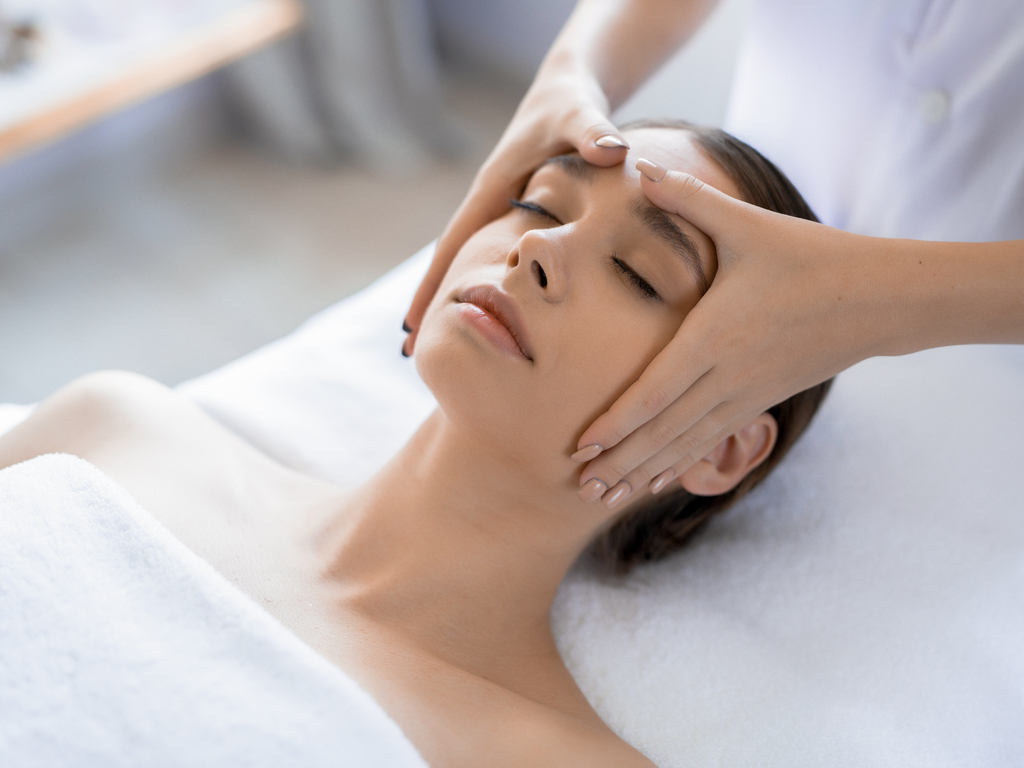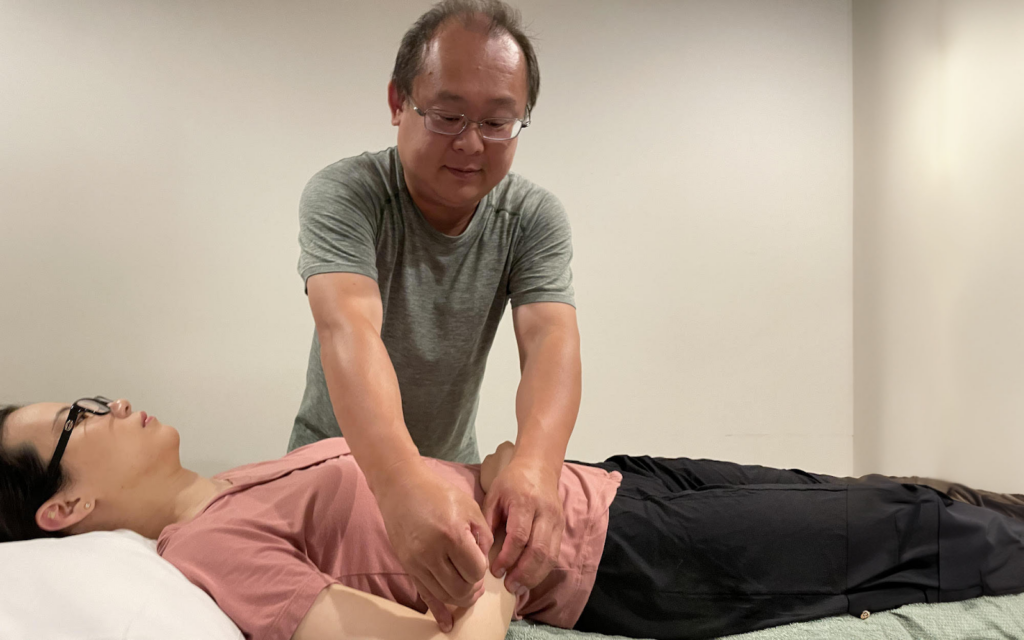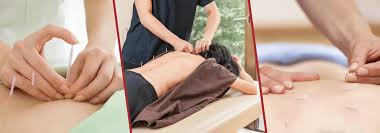Scientific Insights on Cranial Sacral Therapy: Research Findings
Cranial Sacral Therapy is a gentle treatment that has attracted much interest in complementary medicine due to its light and unobtrusive intervention in healing. Although it remains in its infancy, existing studies do illustrate some interesting leads that may apply to its benefits. Understanding the scientific evidence that underlines CST will therefore make the patients more knowledgeable about how to choose this modality of therapy for pain management and stress and, generally, wellbeing. The following are the key findings of research into Cranial Sacral Therapy. In what ways does research show Cranial Sacral Therapy assists in pain? According to research, Cranial Sacral Therapy releases tension from the craniosacral system, hence relieving chronic pain, especially in cases involving migraine and lower back pain. Research has shown indications that CST relieves chronic pain as it targets the root of the problem, which is the tension within the craniosacral system. A 2011 study, for example, indicated that migraine patients had a reduction in the frequency and intensity of pain after a number of sessions. Similarly, patients who suffered from chronic lower back pain reported improvement once they had undergone CST treatment. These gentle manipulations enable the body to release its physical restrictions, hence enhancing mobility while reducing discomfort. Although larger-scale and more robust trials are needed, available studies tend to indicate that CST may indeed constitute a potentially effective pain management approach in a series of ailments. Will Cranial Sacral Therapy help reduce stress and anxiety? Yes, studies have shown that Cranial Sacral Therapy helps reduce stress and anxiety by promoting relaxation and rebalancing the autonomic nervous system. Various studies point out that Cranial Sacral Therapy has beneficial results on the stress and anxiety levels. For example, in one, it was noted there was a significant reduction in the level of stress following several sessions of CST and this influence lasted long. The soothing effect of the treatment relaxes the autonomic nervous system, reduces the level of the stress hormones such as cortisol, and acts as a sedative. Second, CST can be used in a very gentle and non-invasive way, which makes this therapy particularly suitable for patients who suffer from anxiety disorders since it creates a safe place where one can finally let go of much physical tension and pent-up emotional baggage. How does Cranial Sacral Therapy affect sleep quality? Research has demonstrated that Cranial Sacral Therapy aids in improving sleep by reducing one’s stress levels, releasing muscle tension, and relaxing the individual. Sleep disorders like insomnia are usually associated with stress and discomfort in the body. The effect of CST in offering relaxation and reducing tension has been utilized in improving the sleep of patients. A small clinical study demonstrated improved sleep patterns in subjects, following a number of sessions, with longer times of continuous sleep. Because the manipulations in the body’s connective tissues are gentle, there is a tendency toward rest, and this improves overall sleep. Does Cranial Sacral Therapy work for neurological conditions? Preliminary evidence suggests that CST may benefit people suffering from neurological disorders such as multiple sclerosis, autism, and ADHD because the treatment enhances nervous activity. In as much as research in the therapy is at its infancy stages, some studies indicate that Cranial Sacral Therapy may be helpful in the treatment of people with neurological conditions. Improvements in mobility and pain levels were observed, for example, in a consistent number of CST sessions in patients with multiple sclerosis. Children with autism and ADHD may, therefore, show some improvement in focus, emotional regulation, and sensory processing with CST treatment. Such positive results using this form of therapy are likely to stem from its basis in balancing the nervous system and promoting overall body alignment. How does Cranial Sacral Therapy improve mobility and flexibility? Studies have concluded that Cranial Sacral Therapy can be used to increase mobility and flexibility by eliminating the constraints on the connective tissues and the craniosacral system. CST focuses on the release of restrictions in connective tissues that may enhance mobility and flexibility, especially in patients with chronic pain or musculoskeletal conditions. This modality has been shown to be particularly helpful in the restoration of range of motion in various patients with conditions such as fibromyalgia or arthritis. As areas of tension are released in this gentle therapy within the craniosacral system, the body regains its natural alignment and patterns of movement. Patients often report that they are much better at moving around easily without much stiffness after frequent CST sessions, and it has good potential for long-term mobility. Are there any Side Effects of Cranial Sacral Therapy? Cranial Sacral Therapy generally does not have many side effects, though cases of mild dizziness or post-session fatigue are reported. Cranial Sacral Therapy has been said to be one of the lightest and least invasive therapies; thus, it is safe for almost anyone who comes across it. Few side effects are recorded, and the ones that show up are mild, such as dizziness or fatigue after a session. They are generally temporary, and their occurrence is considered a normal response of the body to the sudden release of tension and toxins during a therapy session. Patients usually are counseled to drink much water and rest afterward to minimize discomfort. How many sessions of Cranial Sacral Therapy are needed to feel noticeable benefits? Individual conditions vary greatly in terms of the number of sessions; some may realize an improvement after just one treatment, while others will take several in order to realize beneficial outcomes. The number of sessions a person will have depends on the condition and desired outcome. This may be felt deep within through the release of pain, relaxation, or emotional stability even after the first session. However, in cases where a condition is complex or chronic-for instance, chronic physical pain or emotional trauma-several sessions may be needed to lastingly clear it. In this regard, the therapist will advise on an individualized treatment schedule, and many clients indeed go for regular maintenance sessions. Conclusion:

